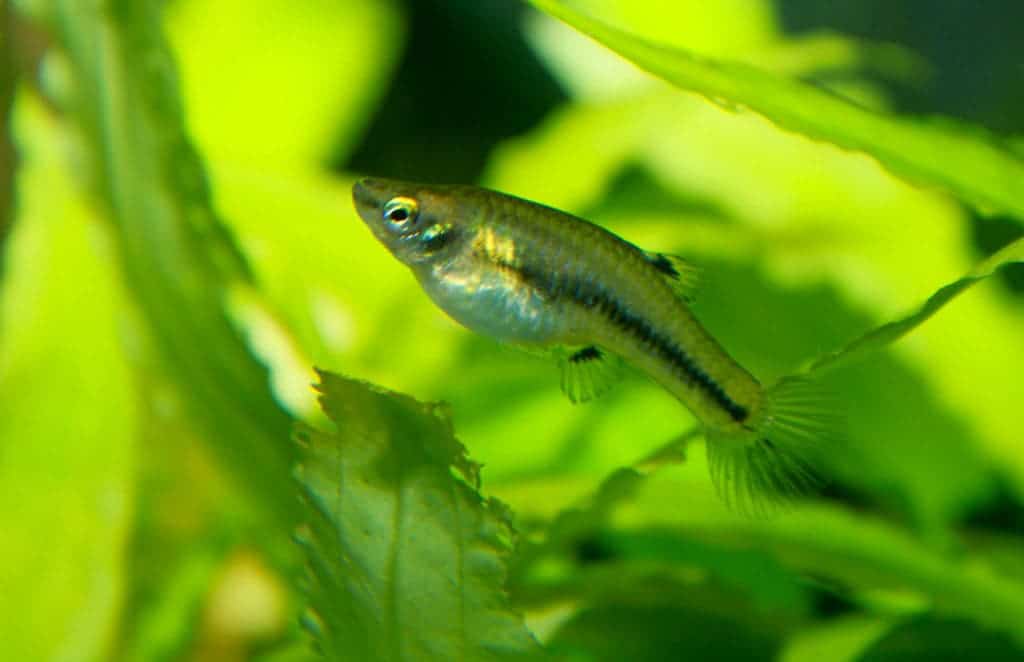Biologists have discovered a fish living off the east coast of the US that evolved to be 8,000 times more resistant to toxic sludge, a new study has found.

Talk about superpowers! We think of evolution as something that takes centuries or millennia to take place, but sometimes it happens really fast, especially in challenging environments.
The small striped ‘mud minnow’, also known as the killifish, is commonly found in fresh or brackish waters in the Americas, as far south as Argentina and as far north as southern Ontario. A particular killifish species is known for thriving in polluted areas where other fish would rarely even venture. In fact, they’re often considered to be ‘marker’ species – indicators for how polluted an environment is, a kind of reverse-canary-in-the-coalmine.
“You see killifish at these sites that are extremely tolerant of some very nasty chemical pollutants,” environmental toxicologist Andrew Whitehead from the University of California, Davis, told National Geographic.
Well as it turns out, just like Blinky the three-eyed fish from the Simpsons, killifish can survive in toxic soups, with 8,000 times more pollutants than other fish can handle. In order to see just how resilient they can be, Whitehead and his team collected 400 fish from heavily polluted sites along the US East Coast and sequenced their genomes. What he found was a textbook case of convergent evolution: similar mutations appearing throughout numerous different individuals, all with one common pattern: protecting the fish from toxicity.
However, the killifish is a lucky fish – it has a great diversity of genes which allows it to survive the random shuffle of mutations before they hit the “lucky ones.” Most species aren’t so lucky.
“Unfortunately, most species we care about preserving probably can’t adapt to these rapid changes because they don’t have the high levels of genetic variation that allow them to evolve quickly,” Whitehead explained.
But these mutations come at a big cost, in two ways. First of all, this makes the fish more specialized, which means that any change to the environment could have devastating effects for them. So if they adapt to a polluted environment which somehow gets cleaned – it could kill them. Secondly, as they become more and more specialized, any further mutations would only make them more vulnerable to change. But there are also other consequences.
While other fish would avoid such polluted waters, birds wouldn’t care so much about that – they’d still feast on the killifish, passing the toxic chemicals to other environments. It’s not yet clear what impact this will have further up the food chain.
The research has been published in Science.






